How to Start a Clothing Store
In this post I wanted to explain what you need to think about when you start your fashion store - whether it’s a digital one or a real life brick and mortar store (or pop-up shop). If you’re totally new to clothing and haven’t started your brand yet, you might want to check out the Fashion Startup Online Course, which is specifically designed to take new fashion entrepreneurs from zero, through the design, manufacture and marketing process.
When it comes to opening your own clothing store, whatever type of store it is, there’s a few considerations that will be the same, no matter what you’re selling. This post looks at how to approach launching your website, or opening your clothing shop doors.
If you haven’t heard me say already, it’s always important to have a really specific target customer in mind. This allows you to catch their attention and, just as important, keep them coming back to the store. There’s no point in trying to appeal to everyone - you’ll end up appealing to no-one, so have a clear vision of who you think will be walking through your shop doors.
So, what exactly do we need to think about?
Stock levels
People often mistake this as an issue only for brick and mortar shops, but actually stock levels are a really important consideration for everyone. Even more so if you sell on multiple channels (for example, your own website and Amazon). It’s true that in person, stock levels can be visually more of a problem; too much stock and the store can look a mess (if you have nowhere to store overstock). Too little and it’s too empty and customer’s don’t want to shop when there’s so few sizes and so little choice available. The latter is also true for online shopping. Customers will quickly run out of patience if everything they look at is no longer available in their size. And if they’ve come to your shop for a specific item, that perhaps they saw in a magazine or on your social media, and it’s no longer in stock, they won’t have a reason to stick around.
Make sure that you manage your stock levels really well with thoughtful allocations and also market appropriately. If you know your almost out of a particular style, it shouldn’t be featuring heavily in any of your marketing efforts. Whereas items with high stock levels should be your priority for marketing and any promotions that you’re running.
If you find that something is selling really well, you want to make sure that you get in touch with suppliers as soon as you can, to discuss lead times and pricing for a repeat order (insider tip; repeat orders should be cheaper!).
Merchandising
If you’re not familiar with the term merchandising, as a clothing brand, you need to be! It can make the difference between a successful clothing store and a failure. There’s different definitions for merchandising and in this sense it can also be referred to as ‘visual merchandising’ and it’s essentially a method of increasing sales by organising your store layout in a certain way. This is often achieved by understanding customer behaviour and phycology and also finding out which areas of your store are most prominent. An easy example is a mannequin in the store - this will get more attention than an item that’s hidden away on a rack, so you can only see a small part on the side.
The same goes for online clothing stores - you’ll often find that the homepage is one of the busiest pages, so it makes sense to merchandise your ‘best stock’ there, in the same way that you would style a mannequin in store.
But what is your ‘best stock’? This is really dependent on your brand and will often change on a weekly basis. You might be struggling on your sales targets in general, in which case you might want to put high value product there. Or, perhaps it’s profit that you need, so high margin product makes more sense (this often isn’t the highest value product - there’s a difference!). It might be that your worried about how slowly a particular style or category is performing, in which case this might be the ‘best product’ to show.
There’s so much to learn about merchandising (there’s literally entire degrees and specific job roles on this - I was a Visual Merchandiser for Zara and it’s one of the busiest jobs I’ve ever had!). But, if you start with applying this basic principle and build from there, I’m sure you’ll start to notice a difference.
Systems
Whatever kind of business you have, you’ll need to have systems in place. These include things like;
Taking payment; how will you accept credit cards and if you’re in a physical store, what will your process be for keeping track of cash? Don’t forget you’ll need change too! How will you issue receipts and how will you keep track of sales to manage stock levels and comply with your tax obligations?
Order fulfilment; in a store, this will include things like making sure you have any packaging required (keeping in mind the law - plastic bags are being banned by many countries now). For online stores, this will also include postage - will the parcel be collected from you, or do you need to take it somewhere?
Returns policy; in addition to your legal requirements, you might want to go above and beyond to give new customers confidence in your brand. This is particularly important for online stores, where the customer can’t try before they buy.
Returns processing; when (not if - the clothing industry has a high returns rate!) you get returns, how will you process them? Not just the physical garment itself, but how can you add this back into the system? How can you keep track of customer feedback, so you can keep it in mind for future collections? What happens if the item is no longer suitable for sale?
There’s lots more systems to consider in order to run a profitable business, but these are important starting points to consider way before you launch your brand.
Getting Customers Through The Door (Or, The Virtual Door)
Probably the concern I hear most often is that people have a lack of traffic, or footfall. Marketing is super important in order to get people to your brand and I often find that new brands take entirely the wrong approach when it comes to attracting attention for their label. Like merchandising, sales and marketing are all about psychology - customers want to know about how they can make their lives better. Therefore, by posting helpful content, rather than promotional content, you’re much more likely to not only get someone’s attention, but keep hold of it as well. It’s all about changing your approach. Rather than thinking ‘what can I sell today’, think about ‘how can I solve a problem for someone today’. The solution may be in one of your products and the way you present it (hint - talk about benefits for the customer, don’t just list features like fabrics). Or, the solution might be a free article that you write, which is the first step in a concept I call ‘the sales journey’. Typically a new customer needs to see your brand several times before they have the confidence to buy from you. The sales journey is that process from a person never having heard of you, to following you, engaging with you, browsing your store and eventually, making a purchase. You need to keep a person interested long enough for them to know, like and trust you. Simply posting promotional content won’t convert as well for that reason. That’s not to say you can never promote, of course you can, but think about the amount of promotional vs helpful content and the way you create your offering.
If you’re totally new to clothing and don’t know where to start, you might want to check out the Fashion Startup Online Course, which is specifically designed to take new fashion entrepreneurs from zero to launch - even if you don’t have any fashion or business experience.
I hate spam too - if you sign up to this email list, your details won't be sold or leased to anyone else. I will email you from time to time with helpful content and occasional offers, which you can unsubscribe from at any time.


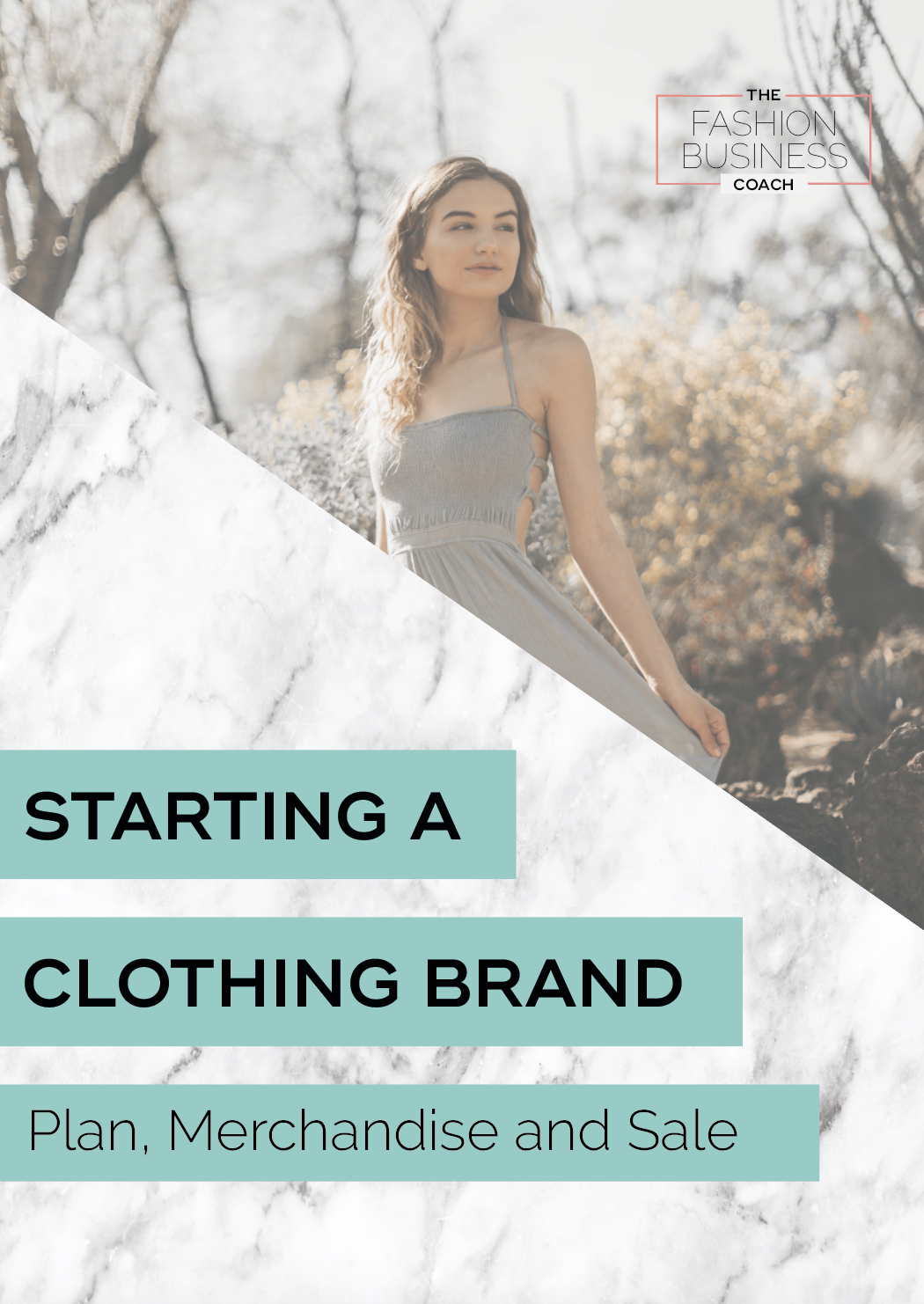
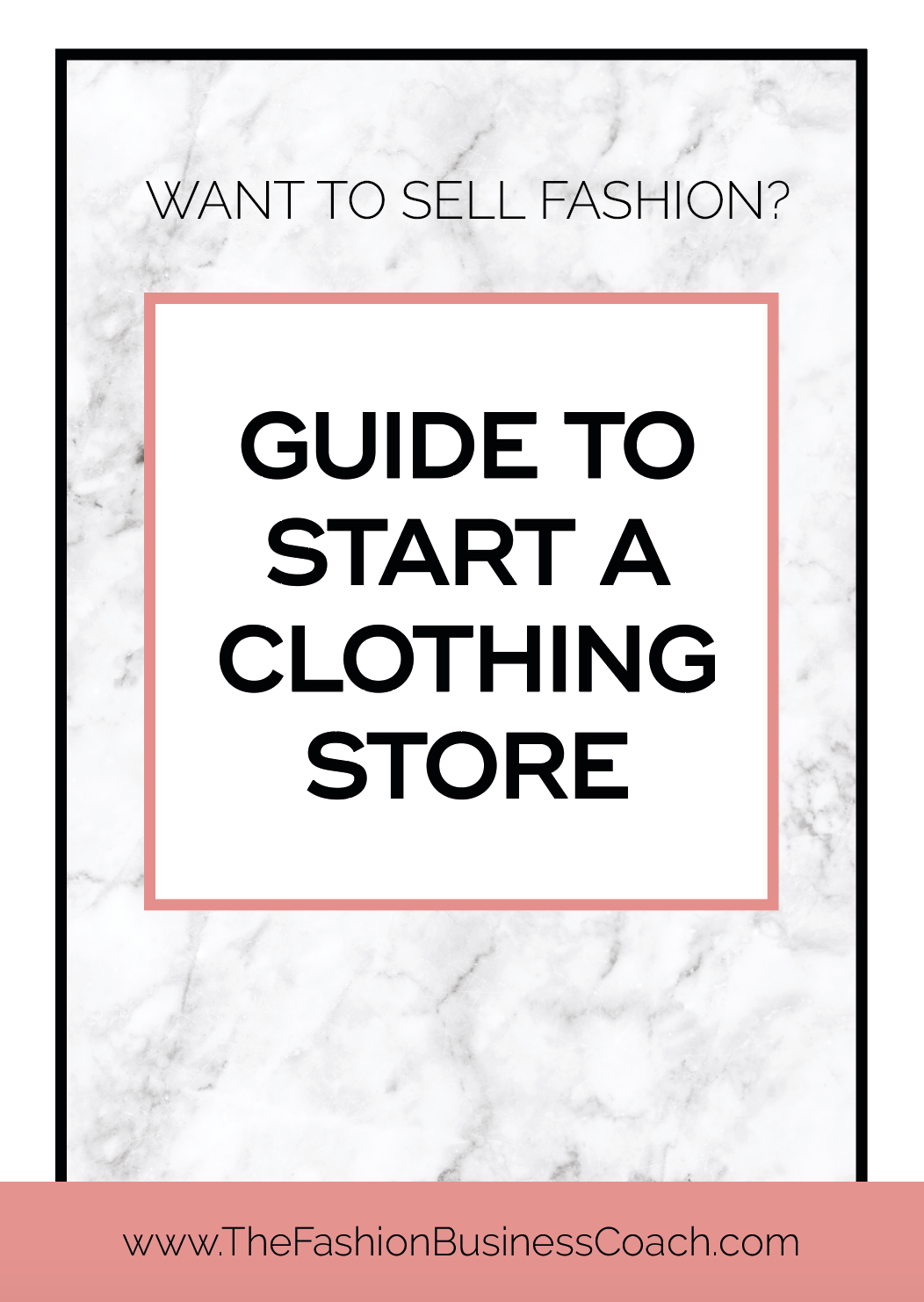
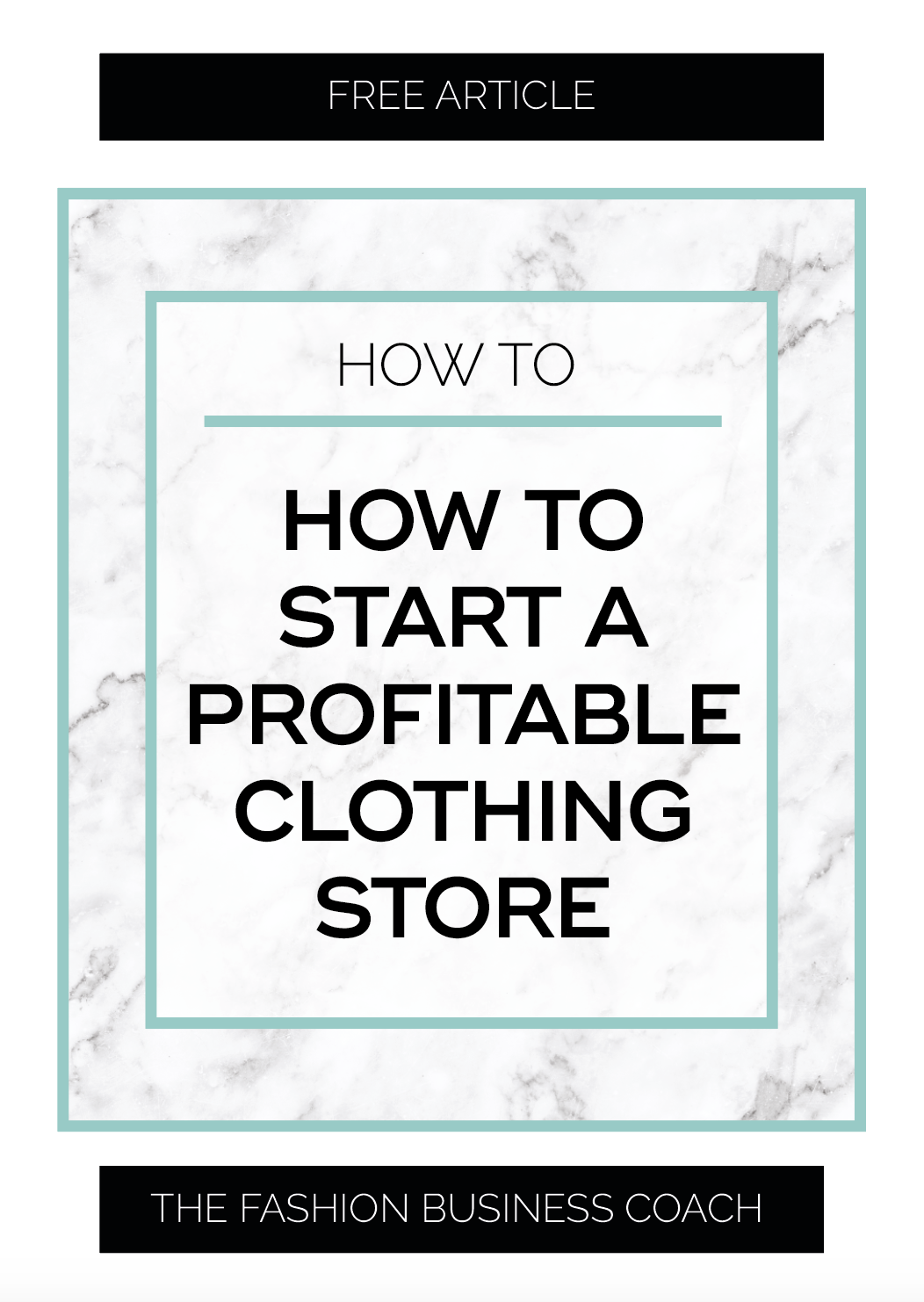

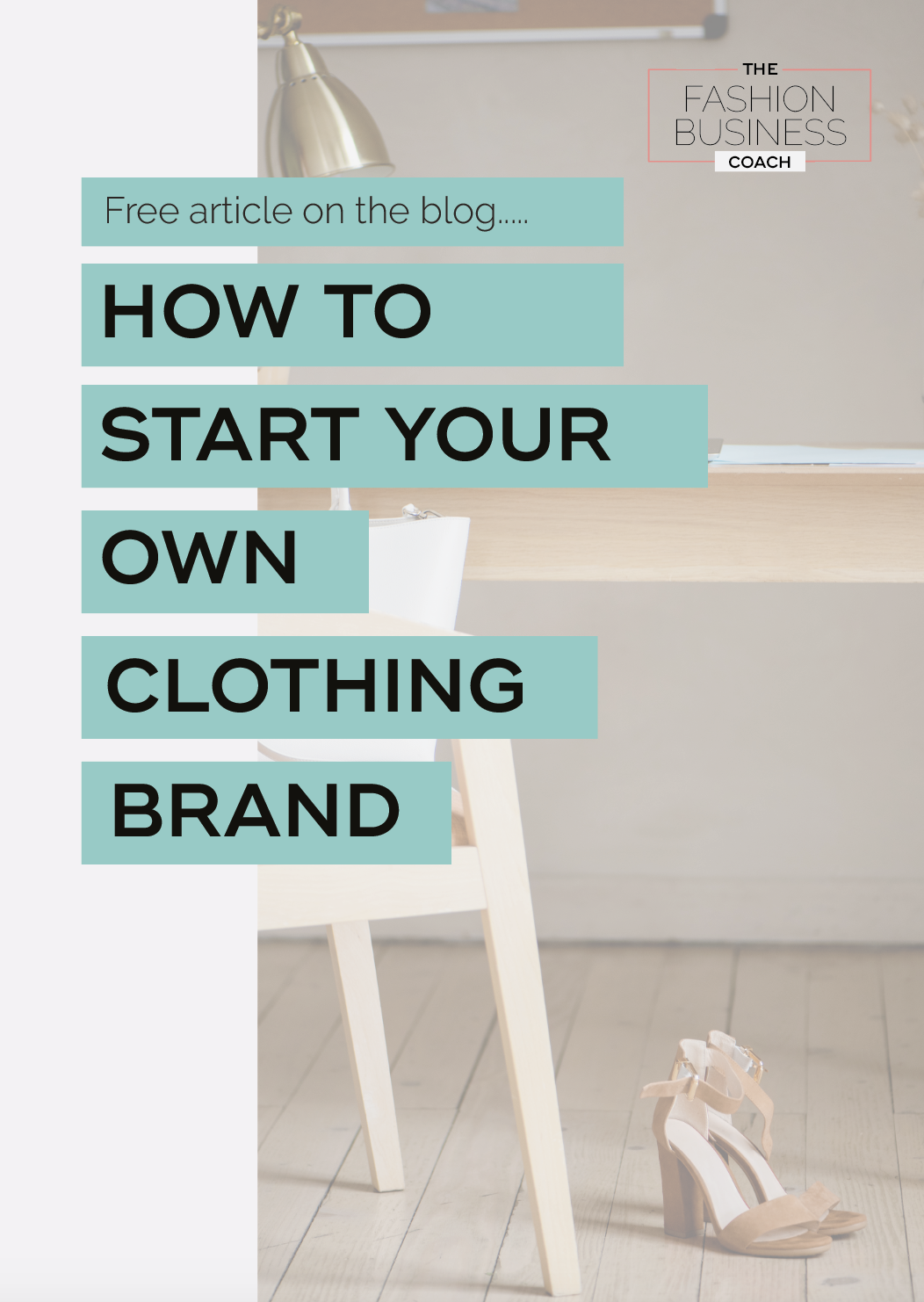
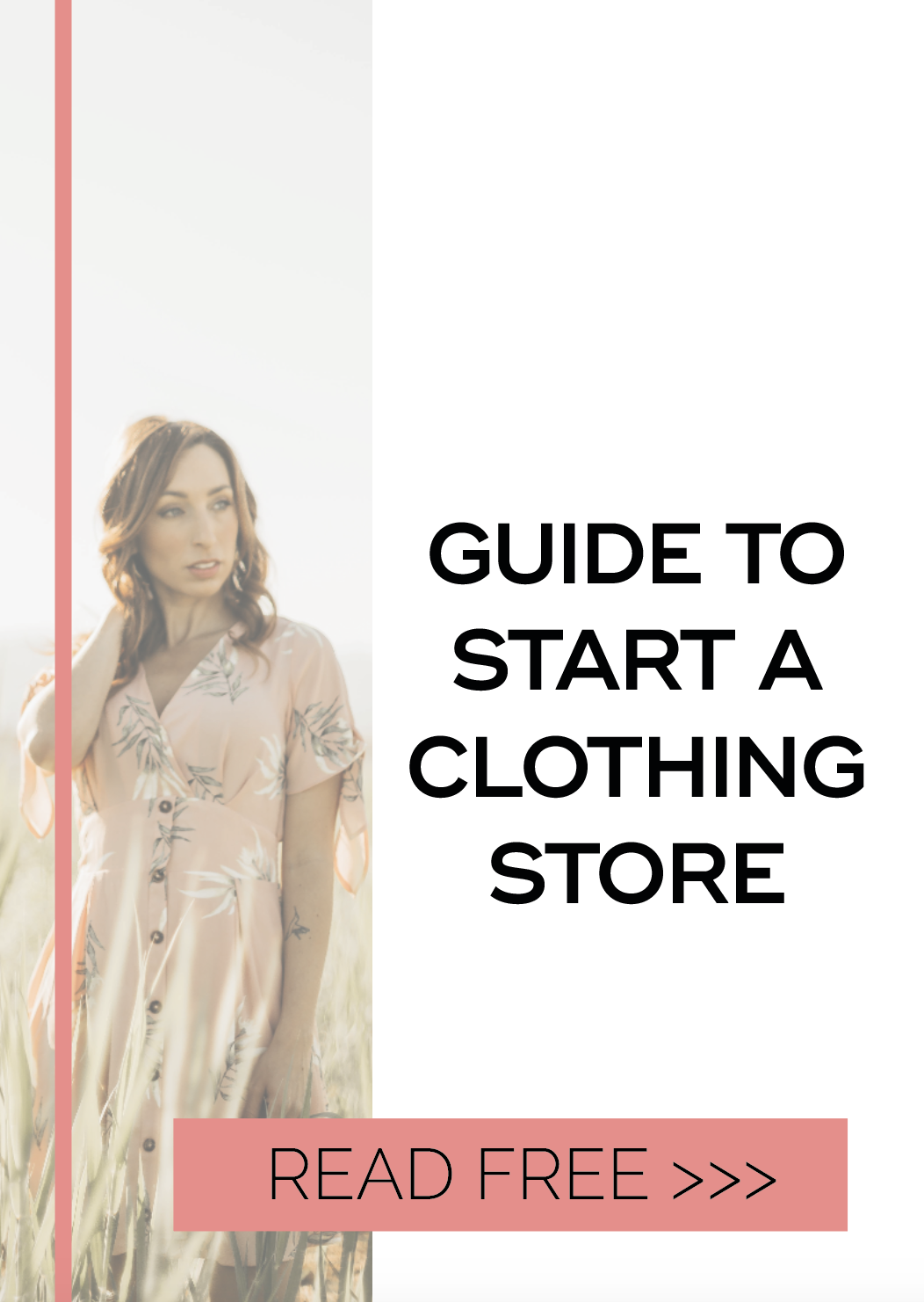
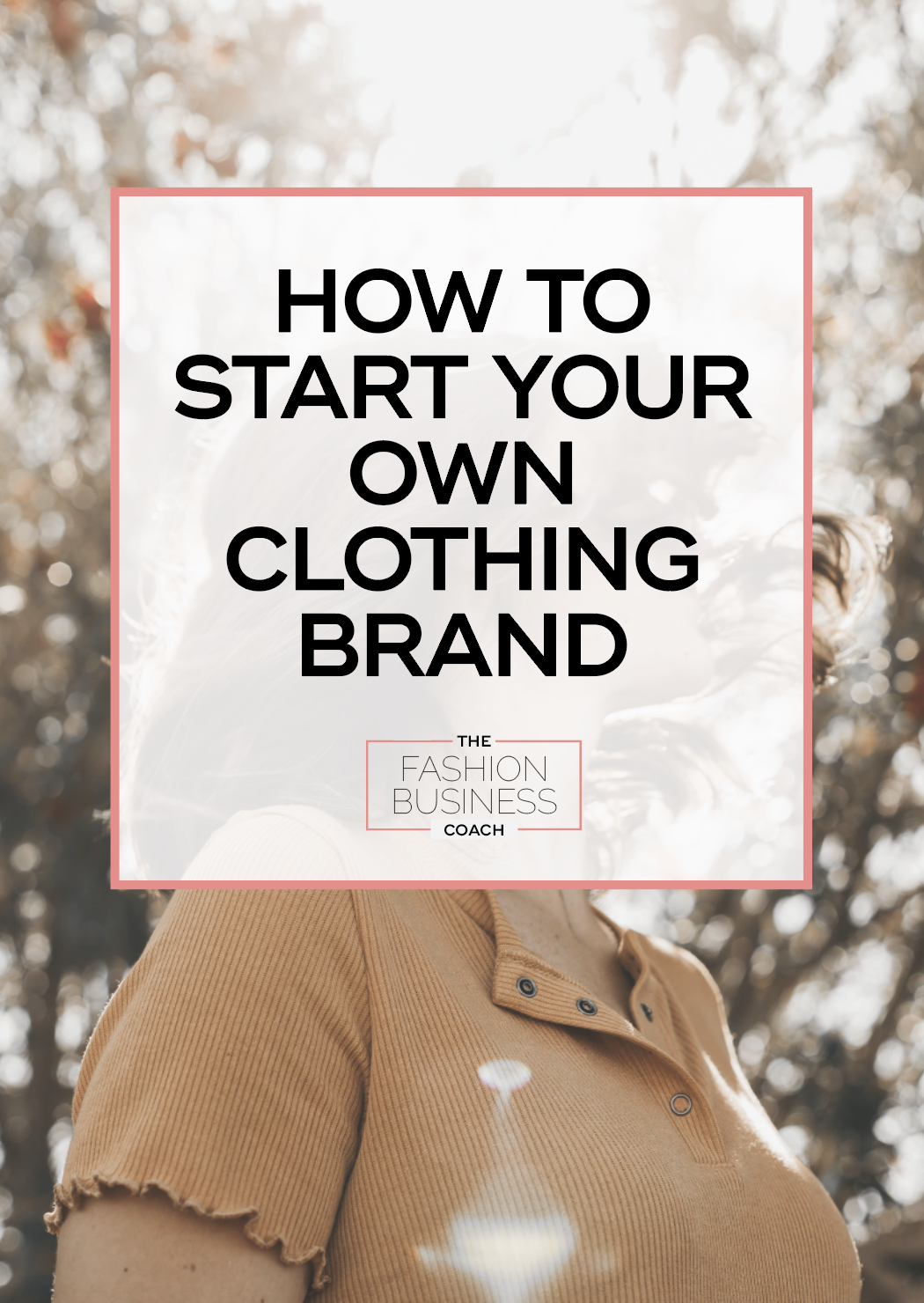
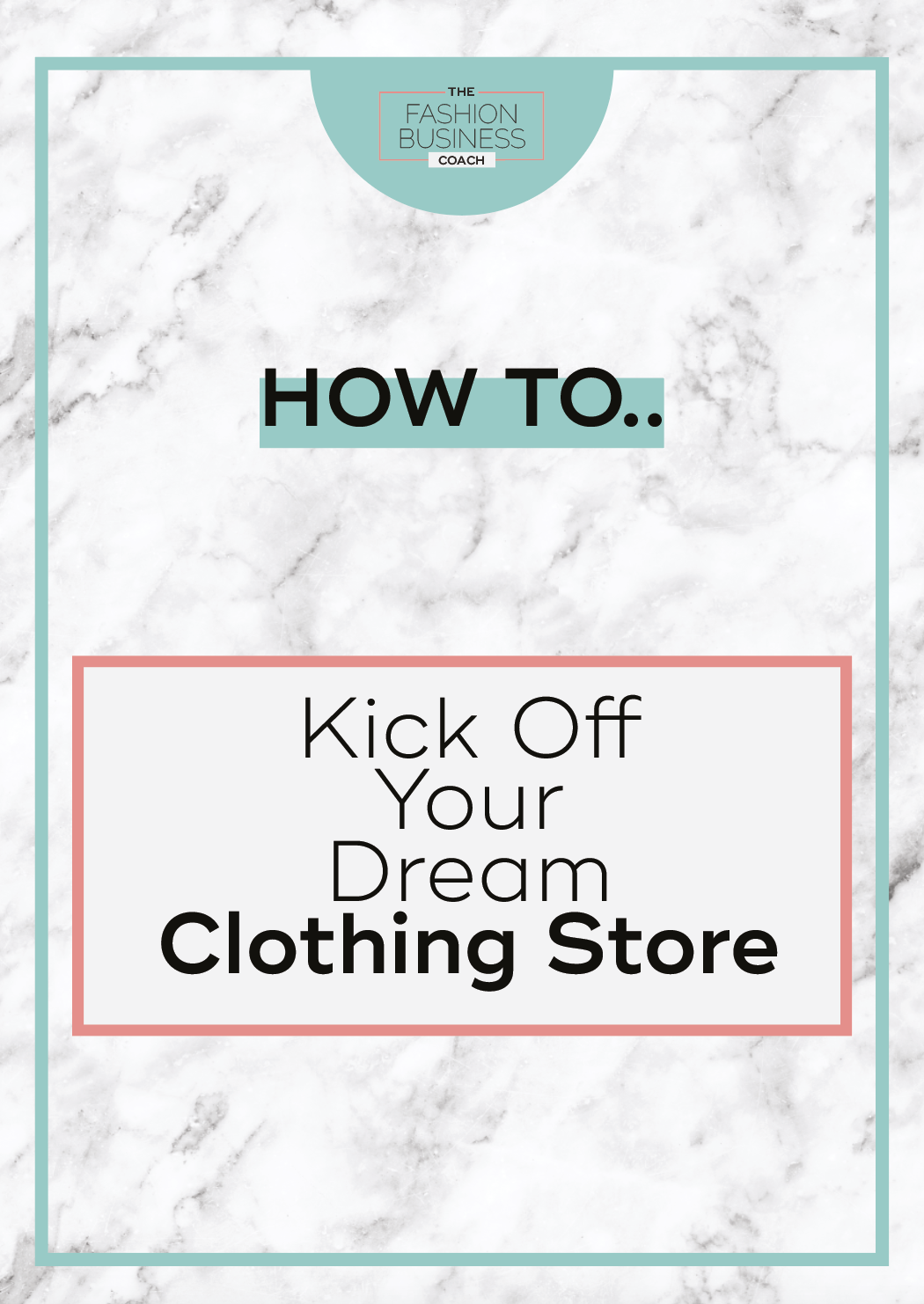
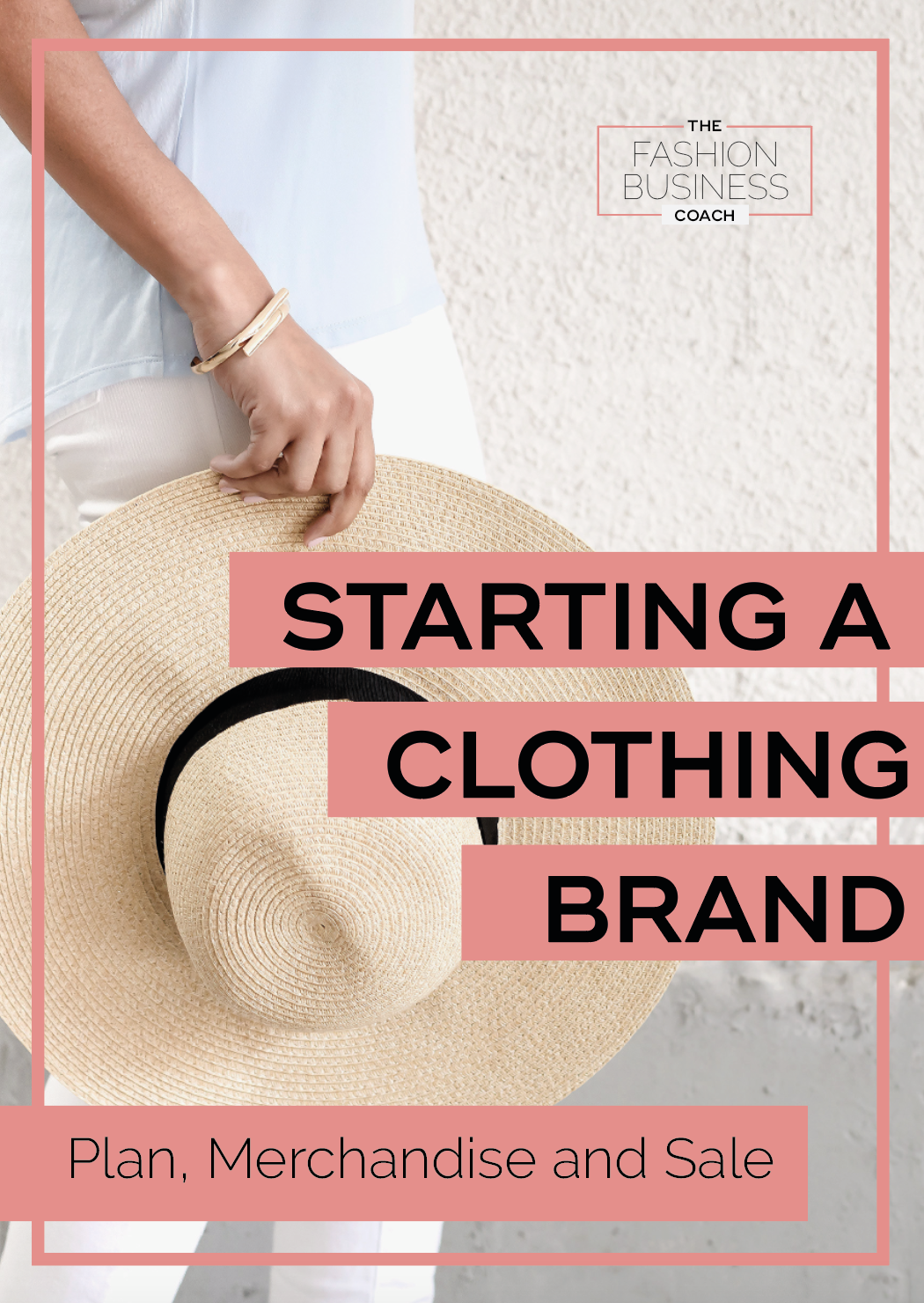













Pickleball outfit inspiration……